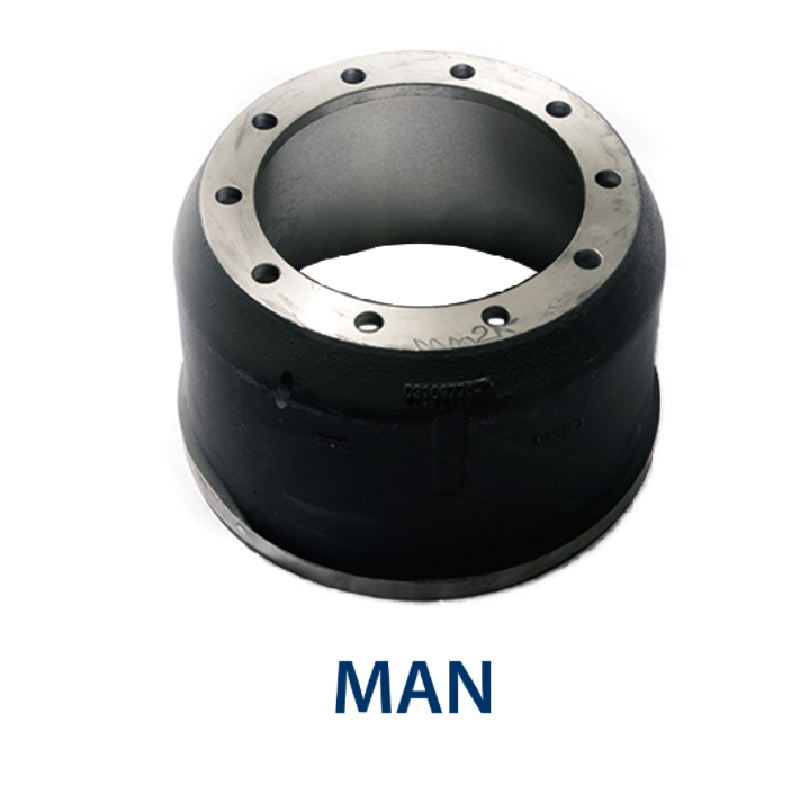Nov . 15, 2024 19:53 Back to list
how to get rust off brake drums
How to Get Rust Off Brake Drums A Comprehensive Guide
Rust can be a significant issue for brake drums, which are crucial components of a vehicle's braking system. Over time, exposure to moisture, dirt, and road salt can lead to the formation of rust on these metal parts. Not only does rust compromise the aesthetic appeal of your brake system, but it can also affect performance and safety. Fortunately, removing rust from brake drums is a task that many DIY enthusiasts can tackle with the right tools and techniques. This guide will walk you through the steps needed to effectively remove rust from brake drums.
Tools and Materials Needed
1. Safety goggles and gloves 2. Wire brush or steel wool 3. Sandpaper (medium and fine grit) 4. Rust remover or penetrating oil 5. Brake cleaner 6. Clean cloths 7. Primer and paint (optional)
Step 1 Safety First
Before you begin, ensure that you have the proper safety equipment. Wear safety goggles to protect your eyes from debris and gloves to safeguard your hands. Also, work in a well-ventilated area, especially if you are using chemical rust removers.
Step 2 Remove the Wheel and Brake Drum
To access the brake drum, you will need to remove the wheel. Use a lug wrench to loosen the lug nuts, then jack up the vehicle and secure it on jack stands. Once the vehicle is safely elevated, remove the lug nuts completely and take off the wheel. Next, you may need to detach the brake drum from the hub. This can sometimes require additional tools, like a drum puller, to safely remove the drum.
Step 3 Inspect the Brake Drum
After removing the brake drum, inspect it closely for rust and damage. If the rust is superficial, you can proceed with cleaning. However, if you notice deep pitting or significant damage, it may be necessary to replace the drum entirely.
Step 4 Remove Rust
how to get rust off brake drums

The next step is to remove the rust. Start by using a wire brush or steel wool to scrub the affected areas. This will help to break up loose rust. Following this, use medium-grit sandpaper to further smooth the surface of the drum. Make sure to sand evenly to avoid creating uneven surfaces, which could affect braking performance.
If there is still rust remaining, consider applying a rust remover or penetrating oil. Follow the manufacturer's instructions for application, and allow it to sit for the recommended time before wiping it off with a clean cloth.
Step 5 Clean the Drum
After you have removed the rust, it is crucial to clean the drum thoroughly. Use brake cleaner to eliminate any dust, grease, or debris that may have accumulated during the rust removal process. This step is essential to ensure the effectiveness of the brake components once you reassemble them.
Step 6 Optional Painting
If you want to prevent future rust formation, consider applying a coat of primer and high-temperature paint to the drum. This can provide a protective barrier against moisture and corrosive substances. Be sure to use paint that is specifically formulated for high temperatures.
Step 7 Reassemble and Test
Once the brake drum is clean and dry, reattach it to the vehicle, following the reverse steps you took to remove it. Reinstall the wheel, lower the vehicle, and tighten the lug nuts securely. After everything is reassembled, take the vehicle for a test drive in a safe area to ensure that the brakes are functioning correctly.
Conclusion
Cleaning rust off brake drums is a manageable task that can enhance the performance and lifespan of your braking system. By following these steps, not only can you restore the functionality of your brakes, but you can also promote safe driving. Remember that regular maintenance is key to preventing rust and other wear on your vehicle's components.
-
Scania Brake Drums: OEM Quality for Optimal Safety & Durability
NewsAug.16,2025
-
R.V.I: Advanced Remote Visual Inspection for Precision
NewsAug.15,2025
-
Discover HYUNDA: Innovative Vehicles, Equipment & Solutions
NewsAug.14,2025
-
R.V.I: Unlock Advanced Insights & Real-time Performance
NewsAug.13,2025
-
Kamaz Brake Drum: Durable & Reliable for Heavy Duty Trucks
NewsAug.12,2025
-
Heavy Duty Iveco Brake Drum - Premium Quality & Safety
NewsAug.11,2025
